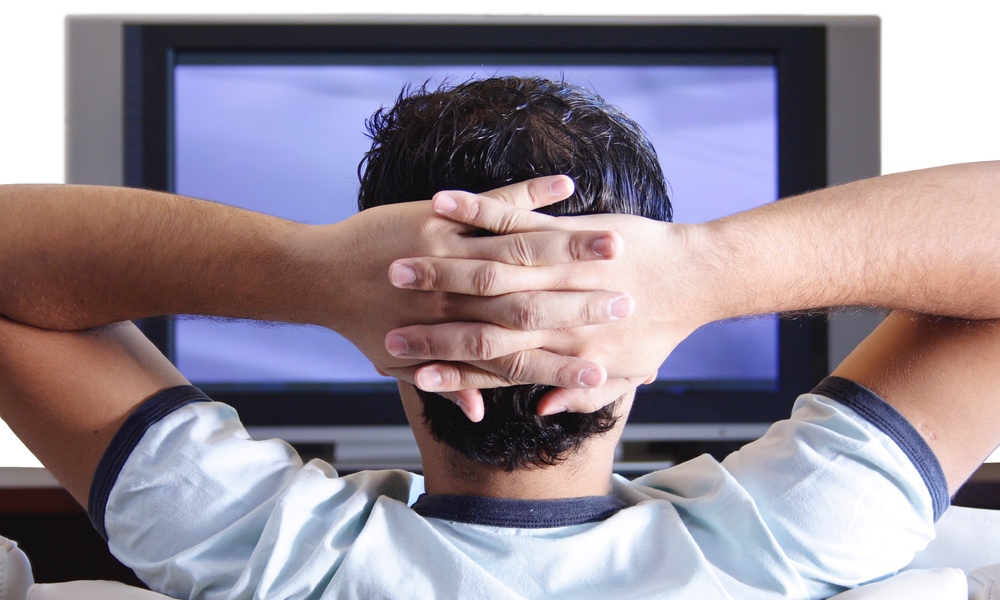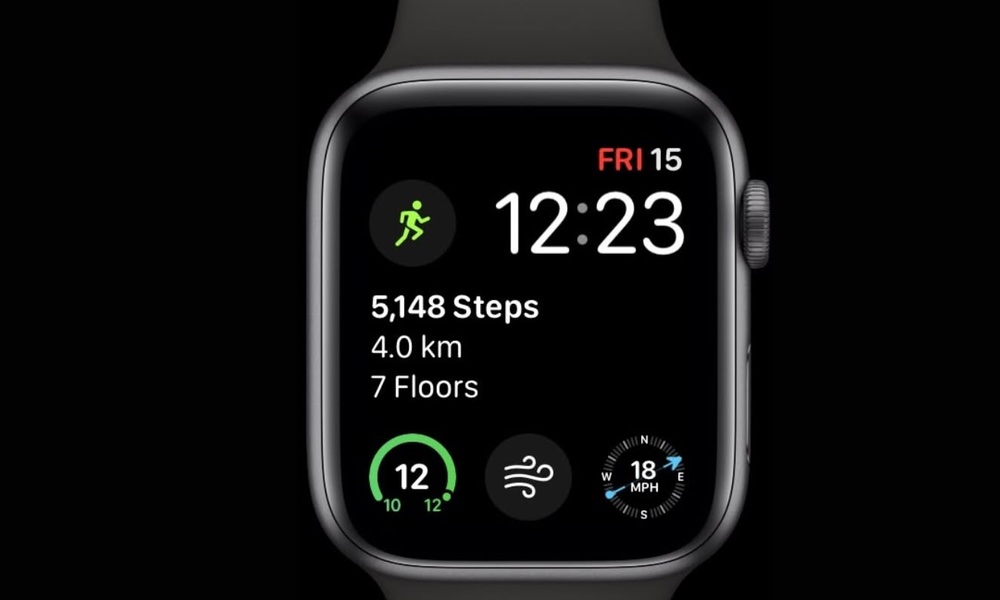It's summertime and children are gathering on playgrounds and in sandboxes and pools. It's also primetime for the coxsackievirus.
The virus, one of the enterovirus family which is a major cause of illness in infants and children , has recently drawn the attention of the public and the medical communities because there have been reports of a sharp rise in severe cases and fatalities in both China and the United States. According to the Centers for Disease Control , the U.S. fatalities involved the coxsackievirus B1 and occurred among newborns, whose immature immune systems render them unusually susceptible to lethal illness.
Coxsackievirus infections typically occur in the summer and fall and most often in young children. They are generally not serious illnesses, but the virus is highly contagious, passing from person to person, and remaining on surfaces long enough to spread infection from shared objects and toys. They may also be spread in swimming pools.
Another reason coxsackievirus is so infectious is that the virus can be passed along through nose and mouth secretions for a week and and from contact with feces for several weeks after infection. Thus exposure can occur from children who appear well. It takes 3-6 days from exposure to come down with symptoms.
Children infected with the coxsackieviruses may be symptom-free, or they may develop a mild illness characterized by fever and non -specific symptoms (sometimes called the "summer flu"). They may have recognizable hallmarks of coxsackievirus infection such as hand, foot, and mouth disease which has a characteristic rash along with fever. Other children may develop sore throat, conjunctivitis, or meningitis-like symptoms including headache, stiff neck, and sensitivity to light. Some symptoms mimic illnesses caused by other infections, so careful diagnosis is required to make sure your child receives treatment that is appropriate.
Doctors tend to identify illnesses caused by the coxsackievirus based on the patients' description of their symptoms, including their onset and progress , the location and types of skin rashes and of vesicles or patches in the mouth or throat, as well as the course of the child's illness. They may also rule out other causes of similar clinical syndromes by performing tests such as throat cultures, spinal taps, or blood counts. If a definitive diagnosis of coxsackievirus is required, a viral culture or a test called a polymerase chain reaction (PCR) is obtained.
Most children are given supportive care to relieve uncomfortable symptoms, and maintain nutrition and hydration and recover from coxsackie completely within seven to 10 days There are no antiviral agents that are currently effective. Less commonly, infections in newborns or patients with poor immune systems or chronic medical problems, as well as some heart and central nervous system infections in older patients may cause residual damage.
Because there are multiple serotypes of coxsackievirus, one infection does not always provide immunity from other viruses in the same family and similar infections may recur. Fortunately, the majority of infections are either asymptomatic (without symptoms) or cause only minimal distress.
You can control the spread of the virus by being conscientious about washing your hands, especially after diaper changes or toileting young children. Clean the surfaces children touch frequently and wash shared toys often.




